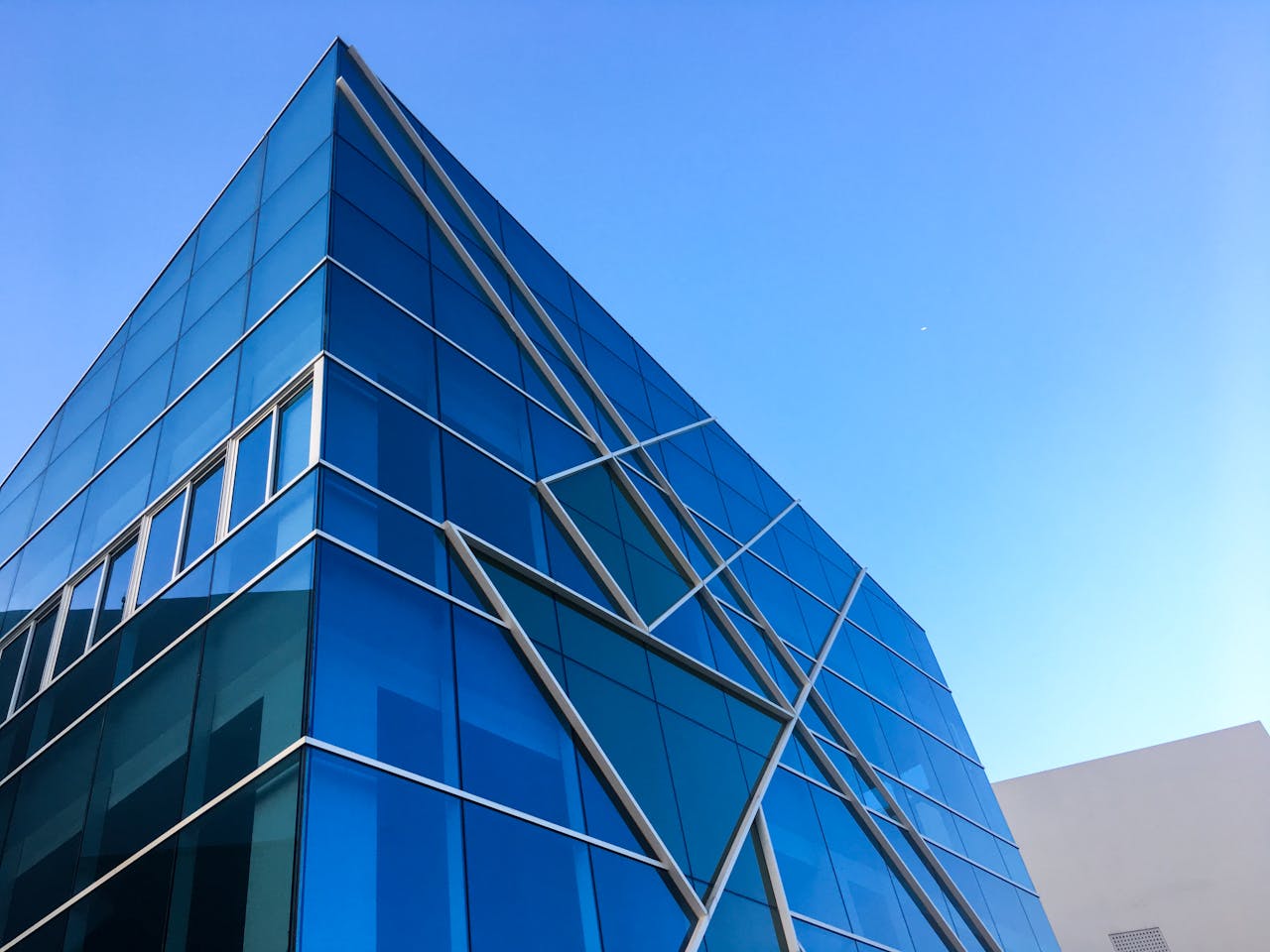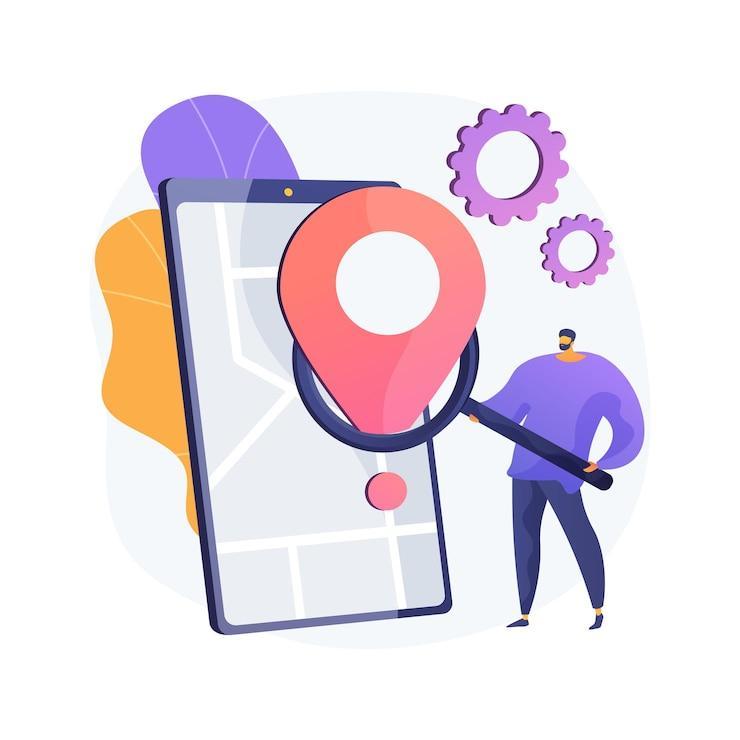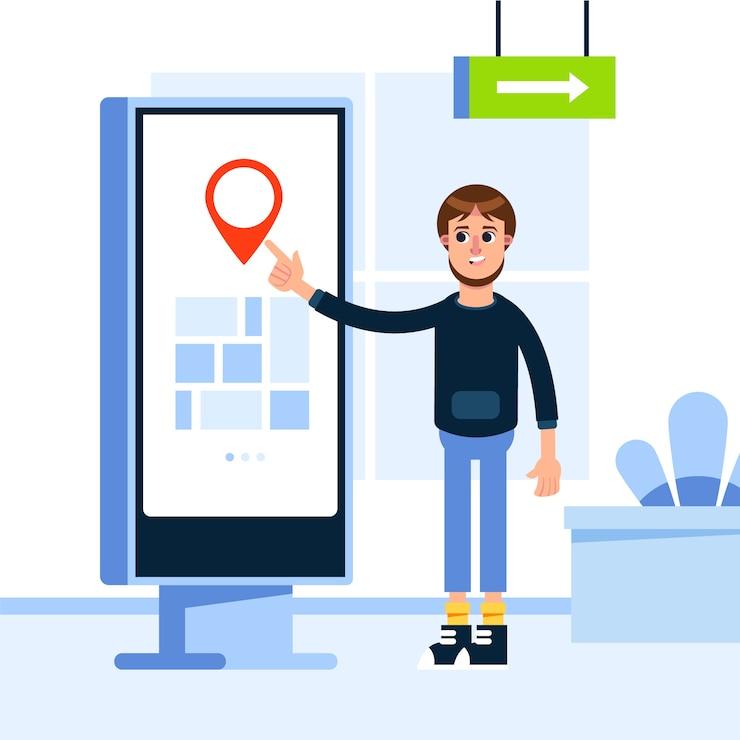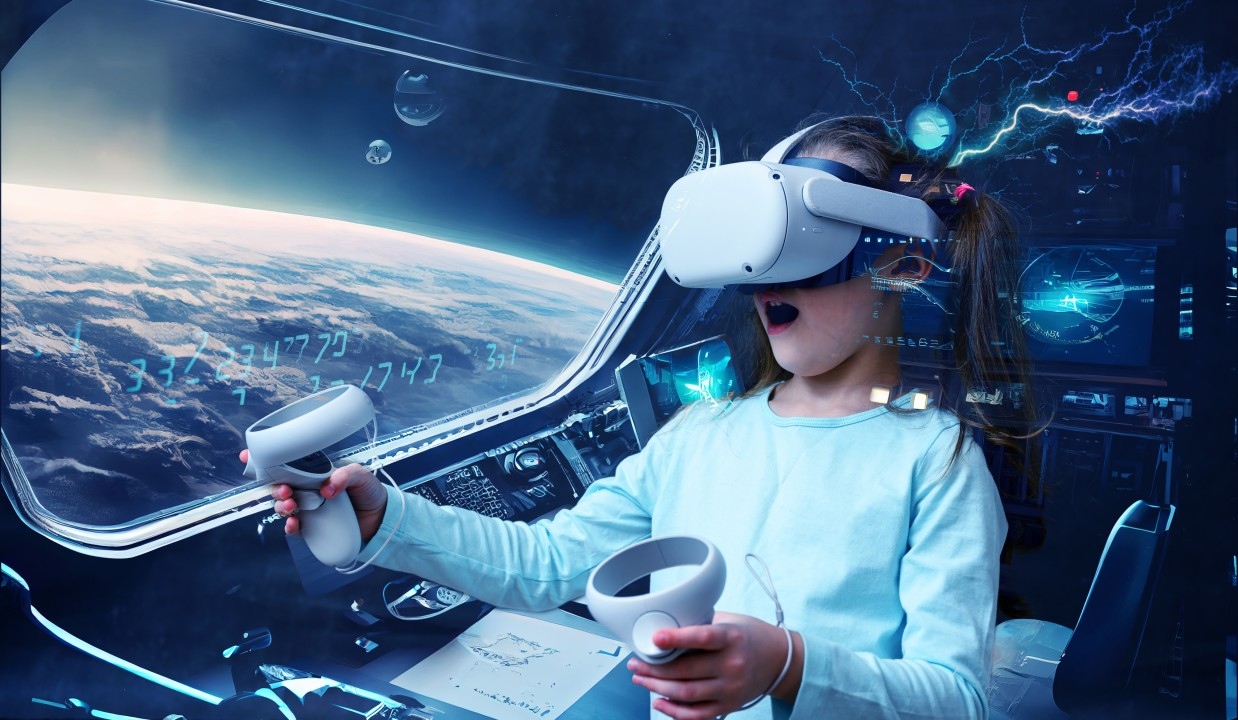
Real-time Location Systems: Revolutionizing Safety and Emergency Response
Real-Time Location Systems (RTLS) have emerged as a revolutionary tool for ensuring company security and timely response to emergencies in recent years.
They integrate modern technologies such as UWB, Bluetooth® Low Energy, and Wi-Fi to provide accurate and up-to-date location information. Whether for emergencies or workplace security initiatives, positioning and tracking systems are revolutionizing the field, enabling organizations to precisely monitor people and assets. In this article, we'll delve into the application of RTLS systems for maintaining security in various enterprises.

Understanding Real-Time Location Systems
Real-Time Location Systems (RTLS) system is a solution for automatically identifying objects that utilize wireless radio signals to determine the location of a person or asset. Positioning is achieved through a combination of software, hardware, and communication technologies. With its implementation, precise coordinates of objects can be calculated, and their movements can be tracked in real-time.
Real-Time Location Systems solutions are gaining popularity across all industries. As of 2023, the global RTLS market was estimated at $5.2 billion. According to forecasts, its growth rate is expected to reach 25.5% annually by 2028, with volumes increasing to $16.2 billion.
The system operates by using tags affixed on tracked objects. These can be badges, bracelets, special sensors, or similar equipment. At specified intervals, the tags transmit radio pulses that are captured by readers within the sensor's range. The pulses contain unique identifiers, allowing the platform to accurately determine the location of objects.
All information embedded in the tag signals undergoes processing on servers and is then sent to mobile applications on smartphones. The location of objects is reflected on digital maps of the enterprise. Users can observe the movement of assets in real-time and make necessary managerial decisions.
The system operates based on modern radio frequency technologies. The most sought-after of these are:
-
Ultra-Wideband technology, enabling location determination with an accuracy of up to 30 cm. It is used in enterprises requiring a unified and standardized wireless solution for connecting computer equipment.
-
Bluetooth® LE-based system, with an accuracy of up to 1 meter (with BLE AoA). It is versatile in application, has low implementation costs, and simple management without requiring special skills. Additionally, one of its main advantages is low energy consumption.
-
Wi-Fi technology that enables object localization with an accuracy of 5–7 meters. The system can be deployed using existing infrastructure and scaled with minimal manual intervention.

Enhancing Safety and Emergency Response Across Industries with Positioning Systems
Industrial enterprises, hospitals, office buildings, warehouses—emergencies can arise anywhere. Below, we'll examine the primary sectors where the system is used and explain how it can improve the safety of assets and personnel.
Oil and Gas Industry
Workers in the oil and gas industry constantly face hazards in their operations. These hazards may include electric shocks, exposure to chemicals, vehicle collisions, and asphyxiation due to low oxygen levels in confined spaces.
RTLS (Real-Time Location System) enables the avoidance of many hazardous situations. It focuses on industrial wireless application protocols and radio frequency identification, allowing sensors to operate effectively even in challenging conditions.
Benefits:
-
Universal application spectrum—from object tracking to efficient fleet management, predictive analytics, and enhanced quality control.
-
Rapid identification of casualties and prompt organization of rescue operations during emergencies.
-
Ability to monitor workers while they are in confined spaces.
-
Emergency notifications and SOS signals in case of emergencies.
Industrial Sector
Real-time location solutions seamlessly integrate with existing infrastructure, making them a preferred choice for many industrial enterprises. Their usage can minimize the risks of emergencies, and in case of accidents, quickly locate individuals in remote and inaccessible areas.
Real-time precise location determination enables timely responses to problems. The system enhances management situational awareness, facilitates the prompt deployment of emergency personnel, and expedites emergency evacuations. Additionally, the platform provides detailed analytics for preventive measures against emergencies in the future.
Benefits:
-
Improved evacuation processes through accurate personnel tracking and identification of each employee's current location.
-
Ability to make informed decisions during emergencies due to access to real-time information.
-
Geofencing—zoning and control of entries/exits into prohibited areas.
Logistics and Warehousing
In the field of warehousing and logistics, systems are widely used to enhance the safety of warehouse workers. Their usage can prevent accidents related to suboptimal equipment routes and improve routing capabilities within the warehouse premises.
When necessary, the platform can be used to organize evacuations in case of emergencies. It facilitates effective search for individuals in the event of an accident and sends messages to smartphones with information about the nearest exits or short evacuation routes. Implementing the technology can improve warehouse management and significantly reduce expenses associated with mitigating the consequences of emergencies.
Benefits:
-
Equipment tracking to prevent pedestrian collisions and collisions with other vehicles.
-
Instant notifications about the likelihood of collisions or vehicle accidents.
-
Provision of panic buttons for rescuing individuals in emergency situations.
Healthcare
Patient safety is of paramount importance in the healthcare industry. Through the use of RTLS, it is possible to make the hospital stay as comfortable as possible and prevent any emergencies. Continuous real-time tracking enables timely provision of necessary assistance, warns against patients wandering beyond the medical facility, and ensures notifications are sent regarding patient movement within the hospital premises. Additionally, the system enhances the efficiency of healthcare personnel by helping them to react more promptly to emergencies.
Benefits:
-
Efficient tracking of patients with dementia and other conditions that lead to wandering.
-
Emergency notifications if a patient remains immobile for an extended period.
-
Timely detection of patient falls and sending SOS signals for assistance.
-
Simplified search for equipment within the hospital premises needed for emergency assistance.
Bottom Line
Thus, real-time tracking is an effective solution for business development. Emerging relatively recently, RTLS systems have truly revolutionized emergency management and provided organizations with valuable tools to ensure the safety of personnel and assets. Through these technologies, enterprises can mitigate emergency risks, save lives, and minimize damage from accidents.
Trending
-
1 How Does SaaS Differ From IaaS And PaaS?
Fabrice Beaux -
2 Single Page Applications vs Multi-Page Applications
Fabrice Beaux -
3 Top 7 Effective Strategies for Multi-Language Website Development
Fabrice Beaux -
4 Boost Engagement to Infinity and Beyond: Unleashing AI-Driven Support
Anas Bouargane -
5 The Cheapest And Most Beautiful Stickers in CS2
Daniel Hall





Comments